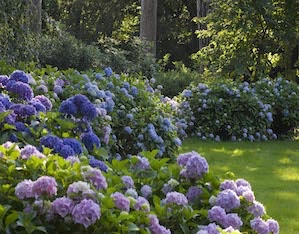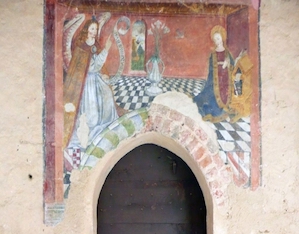Combining a palazzo, castle, chapels, farmsteads, mills, and a park filled with monumental trees and seasonal blooms, this unique complex showcases its history and the care its owners have lavished on it.
Of medieval origin, the earliest palazzo occupied the lower part of a complex built in the 11th century with a turreted castle on top. Integrated into the village during the 15th century, it became a noble residence in the Baroque period, when adjoining rural structures were added on. The Malingri Palazzo’s park was originally created in the 17th century, against the backdrop of a hilly landscape of farmsteads and water mills, where meadows, vineyards and orchards intersperse with previously-farmed land that has since been returned to woodland (chestnut, beech, birch and conifer woods). With its understated architecture, adorned with pilasters and limited lateral overhangs, the residence emphasizes its links with nature through two twin lateral porticos and large-sized boxwood topiary running along the access staircase. The period when it was created may be seen from the formal pedigree of the circular fountain, two kilometres of boxwood hedges, and hornbeam galleries, even if the garden did undergo later renovation and conversion into a landscape-based approach. Two hectares are adorned with monumental trees, ranging from pine to cedar, yew, metasequoia, beech, oak and specimens of Liriodendron tulipifera, Calocedrus decurrens and Cryptomeria japonica. Particularly impressive is the collection of flowering shrubs – planted by the current owners – which attracts visitors through the seasons.




